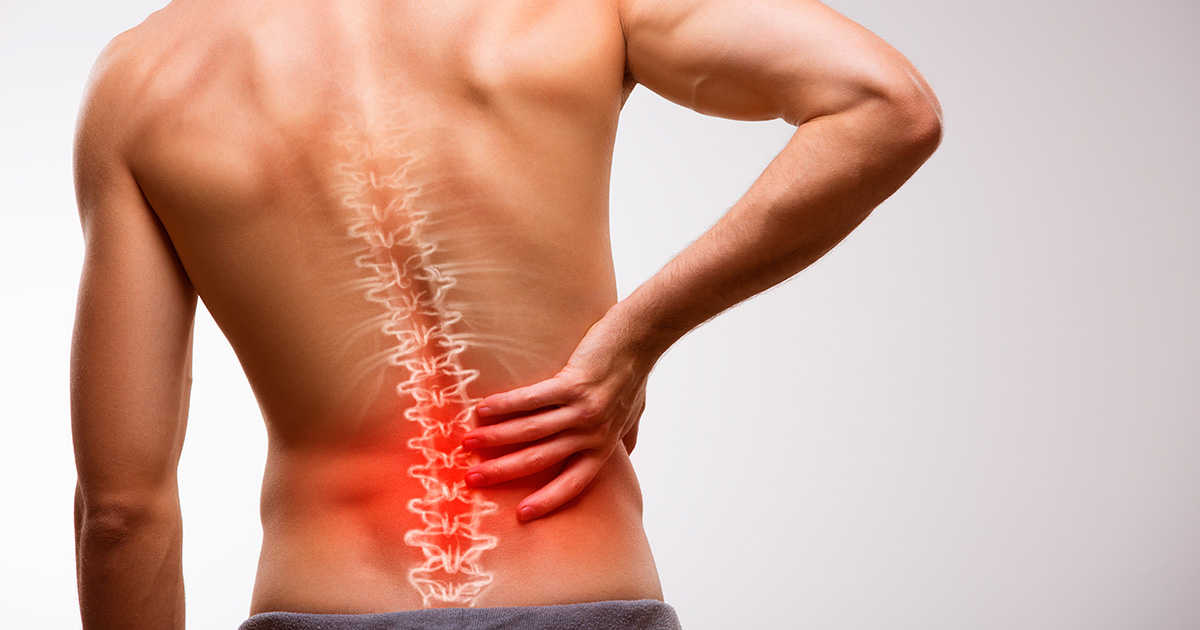Chronic Pain Causes, Symptoms and Treatment

Most of us experience pain occasionally. When we cut ourselves or strain a muscle, our bodies signal that something is amiss. As the injury heals, the pain subsides.
However, chronic pain is a different story. It persists for weeks, months, or even years after an injury. Many healthcare professionals define chronic pain as any pain that lasts for three to six months or longer.
Why Does Chronic Pain Occur?
The sensation of pain arises from a complex series of signals transmitted through the nervous system. When an injury occurs, pain receptors in the affected area are activated. These receptors send electrical signals that travel through nerves to the brain, where they are interpreted as pain.Typically, these signals cease once the underlying cause of the pain is addressed. For example, a cut finger or torn muscle will heal, and the pain will subside. However, in chronic pain, the nerve signals continue to fire, even after the injury has resolved.
What Causes Chronic Pain?
Sometimes, chronic pain can start without a clear reason. However, more commonly, it begins after an injury or due to an underlying health problem. Here are some common causes:1.Migraines and other headaches
2.Arthritis and joint inflammation
3.Back problems
4.Past injuries or surgeries
5.Nerve damage
6.Fibromyalgia
7.Infections
Understanding the Difference Between Acute and Chronic Pain
Key differences between acute and chronic pain include the duration, severity, and impact on daily life. While acute pain is often temporary, chronic pain can persist for months or years, significantly affecting a person's well-being.Acute Pain
- Typically has a clear cause, such as an injury or illness.
- Can often be managed with medication.
- Temporarily disrupts daily routines and activities.
- May lead to short-term frustration and stress.
- Improves as the body heals; typically resolves within weeks or months.
- Often receives care and support from family and friends.
Chronic Pain
- May not have a readily identifiable cause.
- May not be fully relieved by medication.
- Can lead to lasting changes in activities, routines, and roles.
- May contribute to feelings of low mood, exhaustion, or overwhelm.
- Can sometimes cause feelings of hopelessness or uncertainty.
- Often requires understanding and support from family and friends.
Signs and Symptoms of Chronic Pain
Chronic pain can vary in intensity, ranging from mild to severe, and may be constant or intermittent. It can manifest as sensations such as burning, throbbing, shooting, squeezing, or a dull ache, often accompanied by soreness or stiffness. Beyond the pain itself, individuals may also experience other symptoms like fatigue, loss of appetite, difficulty sleeping, mood swings, weakness, and a general lack of energy. These combined effects can significantly impact daily life and overall well-being.What Are the Best Treatments for Chronic Pain?
The treatment of chronic pain varies from person to person and may involve addressing the root cause of the pain. Research shows that combining multiple treatment approaches is often more effective than relying on a single method.Because each individual responds to pain differently, even with the same underlying cause, treatment outcomes can vary. Healthcare providers usually begin with less invasive or conservative pain management options before considering higher-risk treatments.
Methods for treating chronic pain include:
- Lifestyle adjustments: Such as weight management, stress reduction, and increased physical activity.
- Physical and occupational therapy: It helps improve body function and mobility.
- Psychological therapies: Like cognitive behavioral therapy, group therapy, acceptance and commitment therapy, and mindfulness therapy, to help cope with pain.
- Complementary therapies: Including massage therapy, biofeedback, and meditation, to assist in pain relief.
- Medical procedures and devices: Such as surgery, transcutaneous electrical nerve stimulation (TENS), steroid injections, and Botox injections.
- Medications: Including nonsteroidal anti-inflammatory drugs (NSAIDs), muscle relaxants, and opioids.
